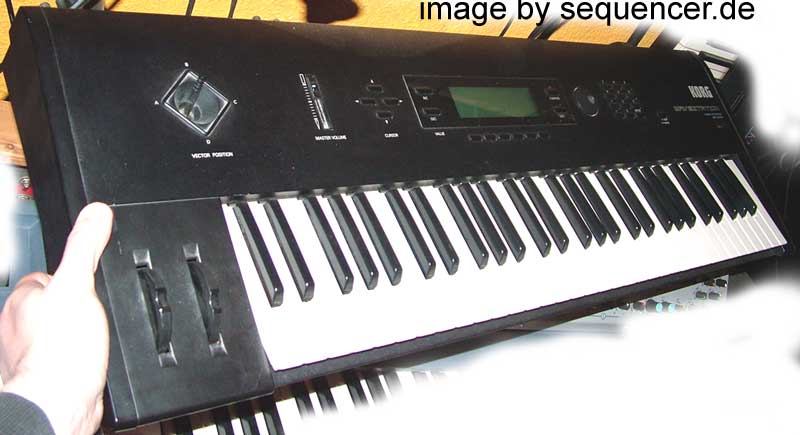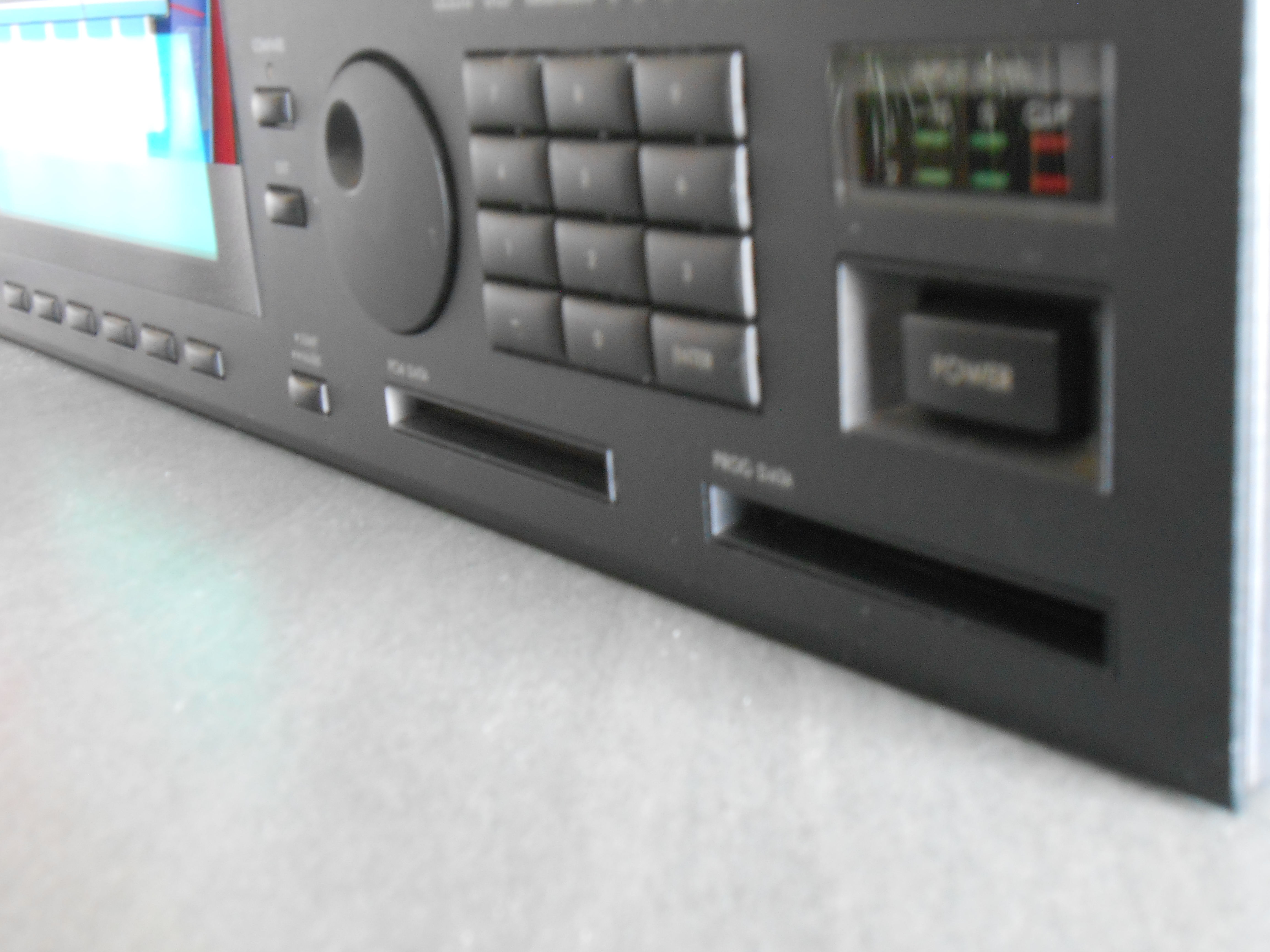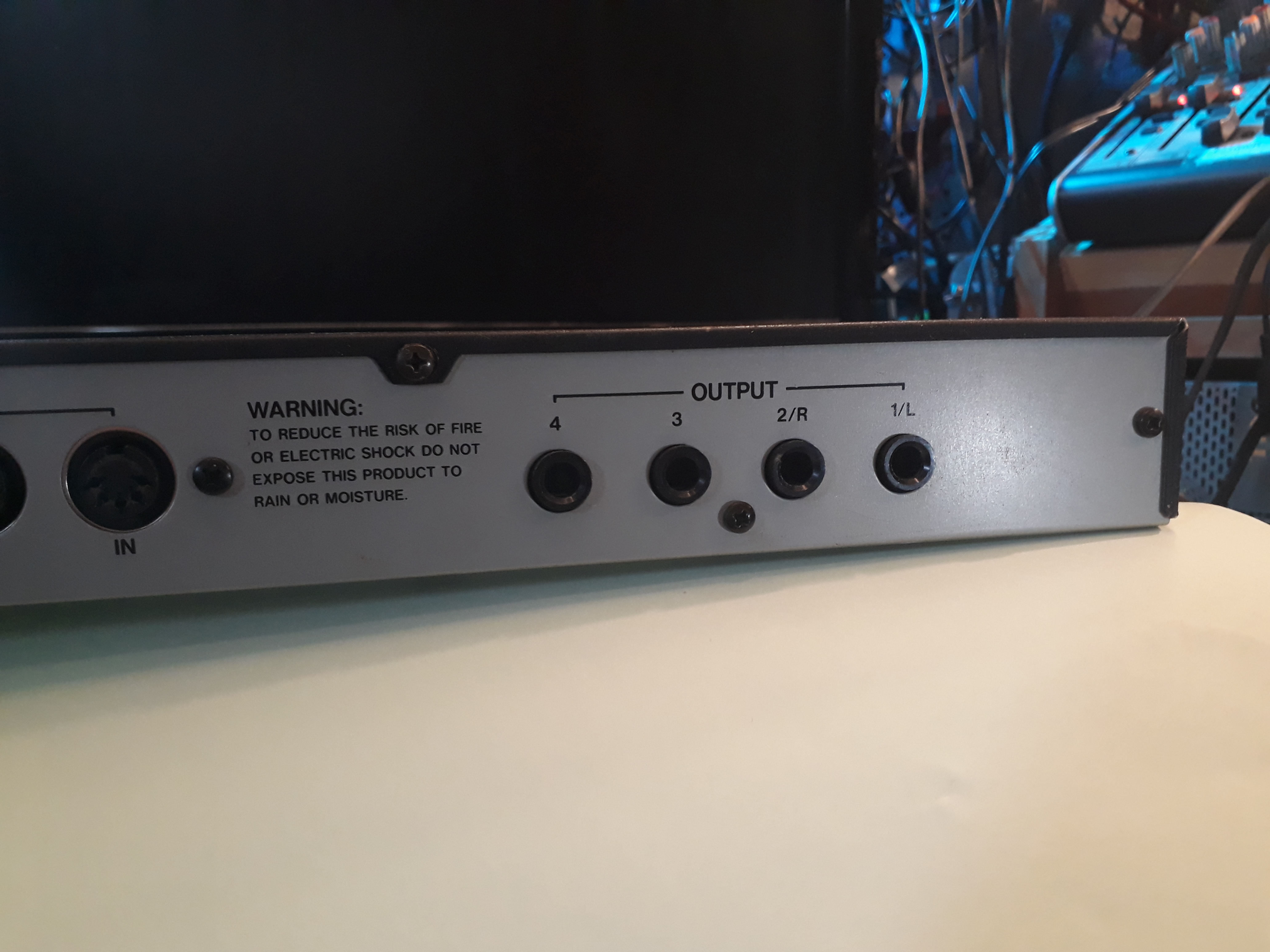

Especially when dealing with theĭependancy management. However, some form of librarian system to store and organise my I do most of my editing there rather than with a computer editor, I don't find editing the WS from it's front panel too difficult. So make them do something cool! Also, don't forget that you can The two extra user-definable MIDI controllers.Has extensive modulation routings, and controller 'inputs'. Level of real-time control, and the WS is pretty good at this. The really nice sounds tend to be the ones where there is some


Signal to noise ratio for the best quality output. This maximises the gain stage of the WS and ensures the highest Try to stick to 1 or 2 oscillator patches if possible.Oscillators, giving you 2-voice polyphony!! Two four-osc wave cross-fading wavesequence patches use 16 It has hasĪ detrimental effect on the available polyphony - for example, Sound too cluttered (especially with wave sequences). These sounds a difficult to fit into a mix without swamping it,Īnd without programming in 'space' into the sounds, are likely to Together, and the Wavestation makes this fairly easy. It's very tempting to layer patches after patches of sounds Original sounds to work with, which can often be a good source Way, the next music session you do, you will have a few new, With the WS and a pair of headphones, with no other distractions,Īnd perhaps get one or two new sounds done each session. Nothing kills the creative flow faster than an hour-longĭata-entry spree around modern synths. Separate your programming sessions from your music sessions.You can find these out by reading the WS manuals, or asking onĭo you understand each of these terms, including how Know the basic Wavestation terms/fundamentals.Note: this text is not a primer on synthesis fundamentals.

Magazines, and experimenting on 'easier' synths such as analogue You can find these out by reading any synthesis books, music Know the basic sound/synthesis fundamentals.How to copy things from one sound to another.Where you can select which waveforms your sound uses.TheĮasier you can find your way around, the quicker and moreĭo you know how to get to the following screens? How to get to particular places, what leads where and so on. Know your way around the various WS screens.Thanks to Dan Phillips and John Lehmkuhl from Korg, and all on the


 0 kommentar(er)
0 kommentar(er)
